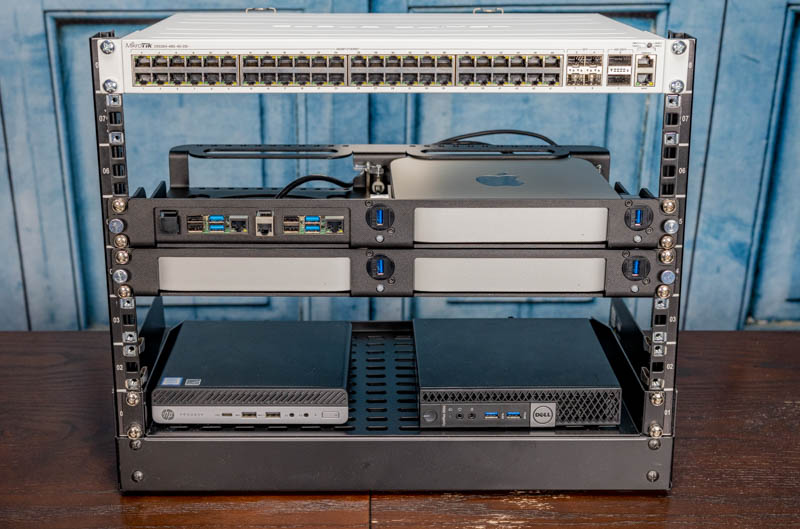

If you decide you want 100 of them, 500 of them, you just ask us for that and we’ll make them available. What we’ve done is you can literally launch these machines in minutes and have a working machine available to you. And normally, you’re paying for at least a month - or a longer period of time to get a discount. “So if you want to launch a machine, it takes a few days to provision and somebody puts a machine in a rack for you and gives you an IP address to get to it and you manage the OS. “The speed that things happen at and the granularity that you can use those services at is not as fine as you get with a large cloud provider like AWS,” Brown said. AWS, however, argues that it can give developers access to all of the additional cloud services in its portfolio, which sets it apart from all of the smaller players. With this new offering from AWS, they are now facing a formidable competitor, though they can still compete on price.
MAC MINI SERVER RACK MAC
Until now, Mac mini hosting was a small niche in the hosting market, though it has its fair number of players, with the likes of MacStadium, MacinCloud, MacWeb and Mac Mini Vault vying for their share of the market. That’s quite a lot more than what some of the small Mac mini cloud providers are charging (we’re generally talking about $60 or less per month for their entry-level offerings and around two to three times as much for a comparable i7 machine with 32GB of RAM). That’s just under $26 to spin up a machine and run it for 24 hours.

After those first 24 hours, prices are by the second, just like with any other instance type AWS offers today.ĪWS will charge $1.083 per hour, billed by the second. Unlike with other EC2 instances, whenever you spin up a new Mac instance, you have to pre-pay commit for the first 24 hours to get started. “We wanted to make sure that we support the Mac Mini that you would get if you went to the Apple store and you bought a Mac mini,” Brown said.

MAC MINI SERVER RACK FULL
What you’re getting here is full access to your own device that you’re not sharing with anybody else. It’s also worth noting that AWS is not virtualizing the hardware. Both AWS and Apple believe that the need for Intel-powered machines won’t go away anytime soon, though, especially given that a lot of developers will want to continue to run their tests on Intel machines for the foreseeable future. The current plan is to roll this out “early next year,” AWS tells me, and definitely within the first half of 2021. Unsurprisingly, the AWS team is also working on bringing Apple’s new M1 Mac minis into its data centers. This means you’ll also be able to attach AWS block storage to these instances, for example. Using the Mac’s built-in networking options, AWS connects them to its Nitro System for fast network and storage access. Given the recent launch of the M1 Mac minis, it’s worth pointing out that the hardware AWS is using - at least for the time being - are i7 machines with six physical and 12 logical cores and 32 GB of memory. But it’s worth noting that with remote access, you get a fully-featured Mac mini in the cloud, and I’m sure developers will find all kinds of other use cases for this as well. The target audience here - and the only one AWS is targeting for now - is developers who want cloud-based build and testing environments for their Mac and iOS apps. These new EC2 Mac instances, as AWS calls them, are now generally available. AWS today opened its re:Invent conference with a surprise announcement: the company is bringing the Mac mini to its cloud.


 0 kommentar(er)
0 kommentar(er)
